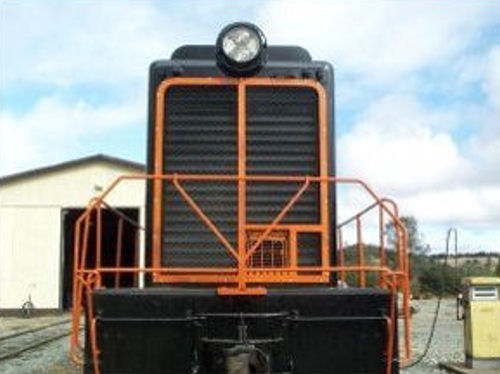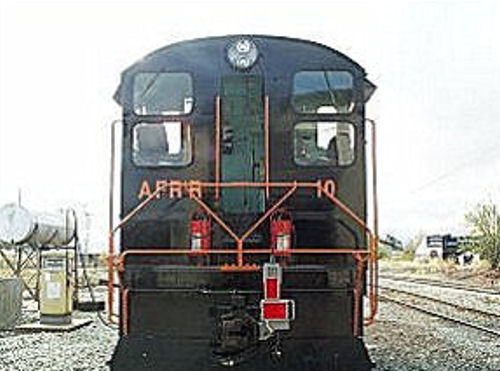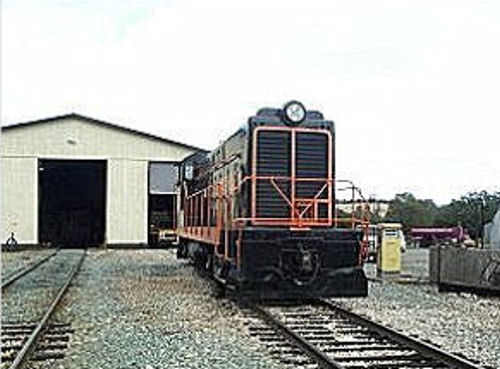





|
|
Amador Foothills Railroad | ||
California's in the 1870's witnessed a ferment of mining activity, the likes of which had not been since the gold rush 20 years previous. The prize this time was not gold but coal for the locomotives of Central Pacific Railroad. Today, only station signs stand as fading memorials to the coal rush: Anthracite, Lignite, Carbon and Carbondale. |
|
|
|
In 1876, as the railroad began to tighten its iron grip on California's major transportation routes, it also reached a thin tentacle out to the promising new coal mines of the Ione Valley east of Lodi. Branching off the main line at the little town of Galt, this line-the Amador Branch Railroad-ran eastward through the rising pasture land of the Sacramento Valley, upstream along Laguna, Browns, and Hadselville creeks, and into the Sierra Nevada foothills to the mines at Carbondale. |
|
|
About 10 miles to the east, and 1200 feet further up the slope of the Sierra Nevada, sits the still littler town of Martell. The citizens of Martell, and their neighbors in mining and logging towns like Jackson, Sutter Creek and Amador City, admired Iones advancement and sought for themselves a means of transportation more certain than their mountain roads, made impassable every winter by snow and rain. So, in 1906, the locals organized the Ione & Eastern Railroad. Three years later, Ione & Eastern No. 1 made the inaugural run, Connecting Martell with Ione, with the Central Pacific, and with the promise of the East. |
|
|

|
||
|
All graphics created and owned by Ray and Cheryl Herndon CONTACT US
|
||


